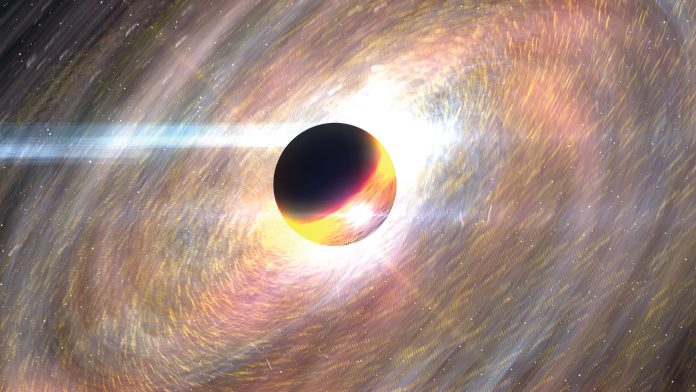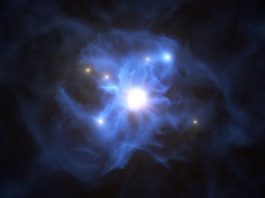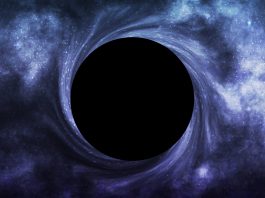A study led by the University College London has established a new method that utilises black hole collisions to measure the Universe’s expansion.
The novel research presents a fresh system for resolving a cosmic quarrel that scientists have extensively debated, proposing that black hole collisions can quantify the answer to the Universe’s expansion – a measurement that finding accuracy in has proved extremely difficult.
The two conventional methods for calculating expansion involve measuring the bright speed of pulsating and exploding stars and analysing fluctuations in radiation emitted by the early Universe. However, both measurements are producing differing results, thus indicating that our current theories of expansion are potentially erroneous.
There are two very different methods for measuring the Universe’s expansion, the first stemming from the cosmic microwave background of 67 kilometres per second per megaparsec, and the second from analysing stars with differing distances from Earth, this being 74 kilometres per second per megaparsec.
The new method proposed by the researchers analyses the interstellar collisions of black holes and neutron stars, examining the explosions of light and ripples in the fabric of spacetime caused by them. The study ran simulations of 25,000 black holes and neutron stars colliding, examining the amount that Earth-based instruments could potentially detect by 2030 – finding that they could detect around 3,000 collisions, with 100 of them emitting explosions of lights observable with telescopes.
The researchers believe that this provides sufficient data to devise a new measurement of the Universe’s expansion. Dr Stephen Feeney, the lead author of the study from UCL, said: “A neutron star is a dead star, created when a huge star explodes and then collapses, and it is incredibly dense – typically 10 miles across but with a mass up to twice that of our Sun. Its collision with a black hole is a cataclysmic event, causing ripples of spacetime, known as gravitational waves, that we can now detect on Earth with observatories like LIGO and Virgo.
“We have not yet detected light from these collisions. But advances in the sensitivity of equipment detecting gravitational waves, together with new detectors in India and Japan, will lead to a huge leap forward in how many of these types of events we can detect. It is incredibly exciting and should open up a new era for astrophysics.”
Astrophysicists need to know the speed at which objects travel and the distance they are from Earth to calculate the rate of the Universe’s expansion; this is called the Hubble constant, with gravitational waves demonstrating how far away the collision is.
To predict the speed that the collision is moving away, the redshift of light is analysed – the wavelength of light produced by a source that has been stretched by its motion. The explosions of light displayed will allow them to identify the location of the collision, meaning they can amalgamate these measurements of distance and redshift.
Dr Feeney said: “Computer models of these cataclysmic events are incomplete, and this study should provide extra motivation to improve them. If our assumptions are correct, many of these collisions will not produce explosions that we can detect – the black hole will swallow the star without leaving a trace. But in some cases, a smaller black hole may first rip apart a neutron star before swallowing it, potentially leaving matter outside the hole that emits electromagnetic radiation.”
Hiranya Peiris, the co-author of the study from UCL, said: “The disagreement over the Hubble constant is one of the biggest mysteries in cosmology. In addition to helping us unravel this puzzle, the spacetime ripples from these cataclysmic events open a new window on the Universe. We can anticipate many exciting discoveries in the coming decade.”
Dr Feeney explained: “As the microwave background measurement needs a complete theory of the Universe to be made, but the stellar method does not, the disagreement offers tantalising evidence of new physics beyond our current understanding. Before we can make such claims, however, we need confirmation of the disagreement from completely independent observations – we believe these can be provided through black hole-neutron star collisions.”








